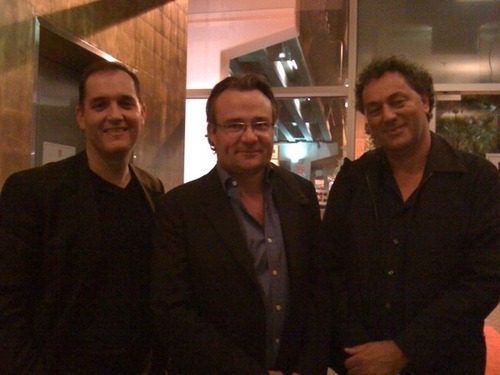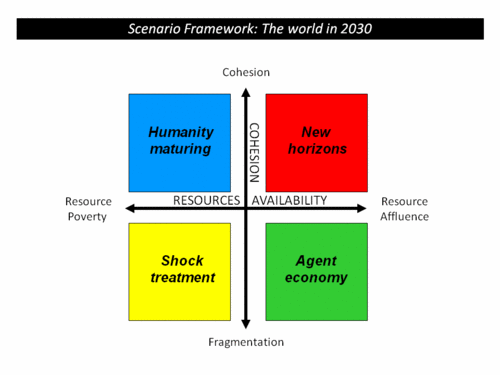ABC Radio National: Discussion on the future of influence
ABC Radio National Future Tense this morning featured a discussion on the future of influence (click here for the podcast of both the radio program, and the unabridged discussion between Duncan Riley and myself). It kicks off with a quote from Chris Saad saying that influence and reputation are the currencies of the day, even more than attention.
When asked why we rebadged Future of Media Summit as Future of Influence Summit this year, I explained why “influence is the future of media”, and the five key trends in how influence is transforming society.
Duncan pointed to how the rise of Internet and social media means that influence can now be global. He also raised the issue of trust agents, and what it takes to be trusted as a publisher. We have more choice in what we look for, and so we need markers of credibility.
On the topic of business models for influence, I talked about two key ideas. The first is whether and how individuals can profit from their influence, and how that will develop. The second is the emergence of influence as a currency, and the companies that profiting from making influence explicit for companies.
Listen to the long version of the interview for more details.



